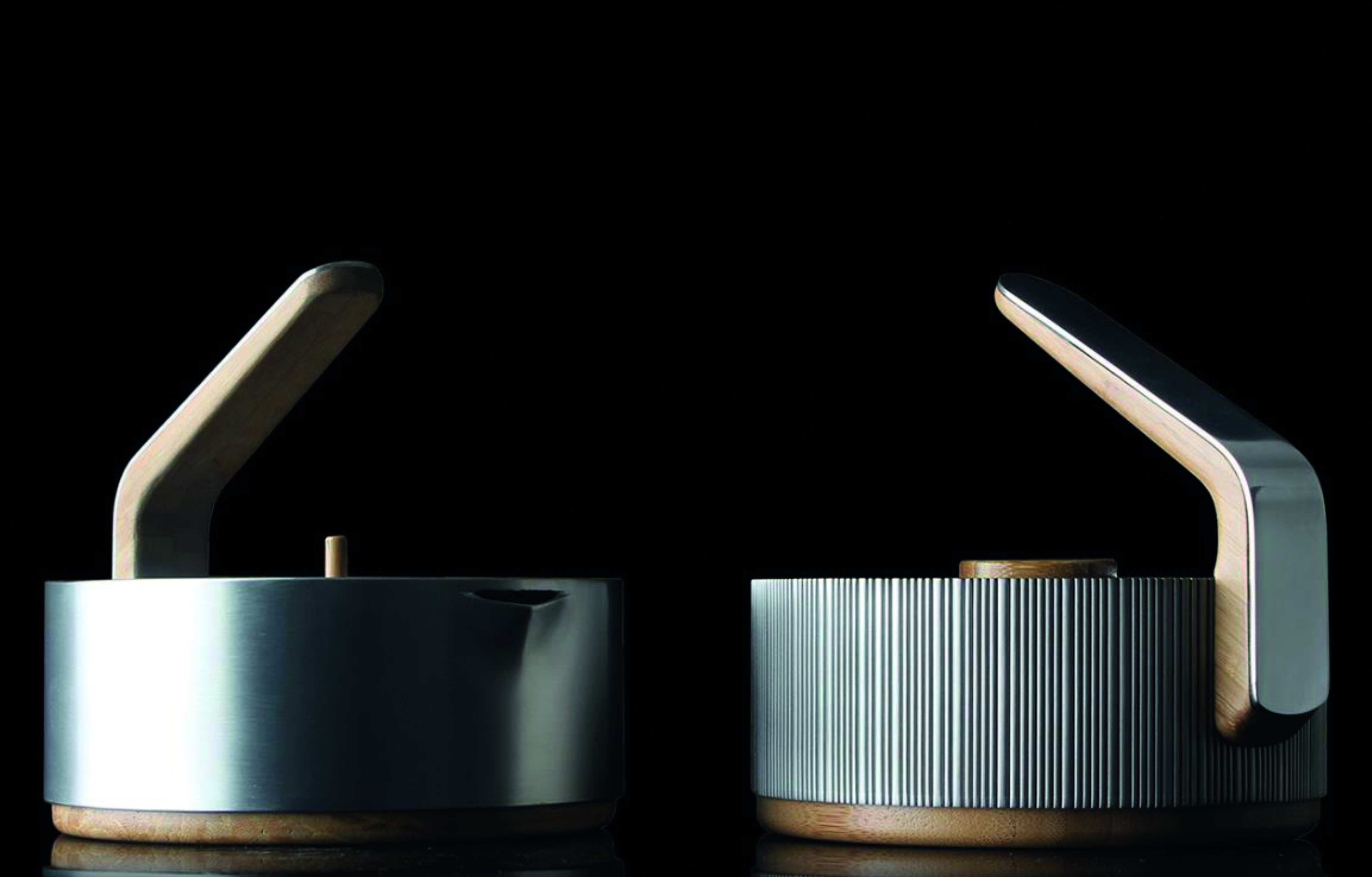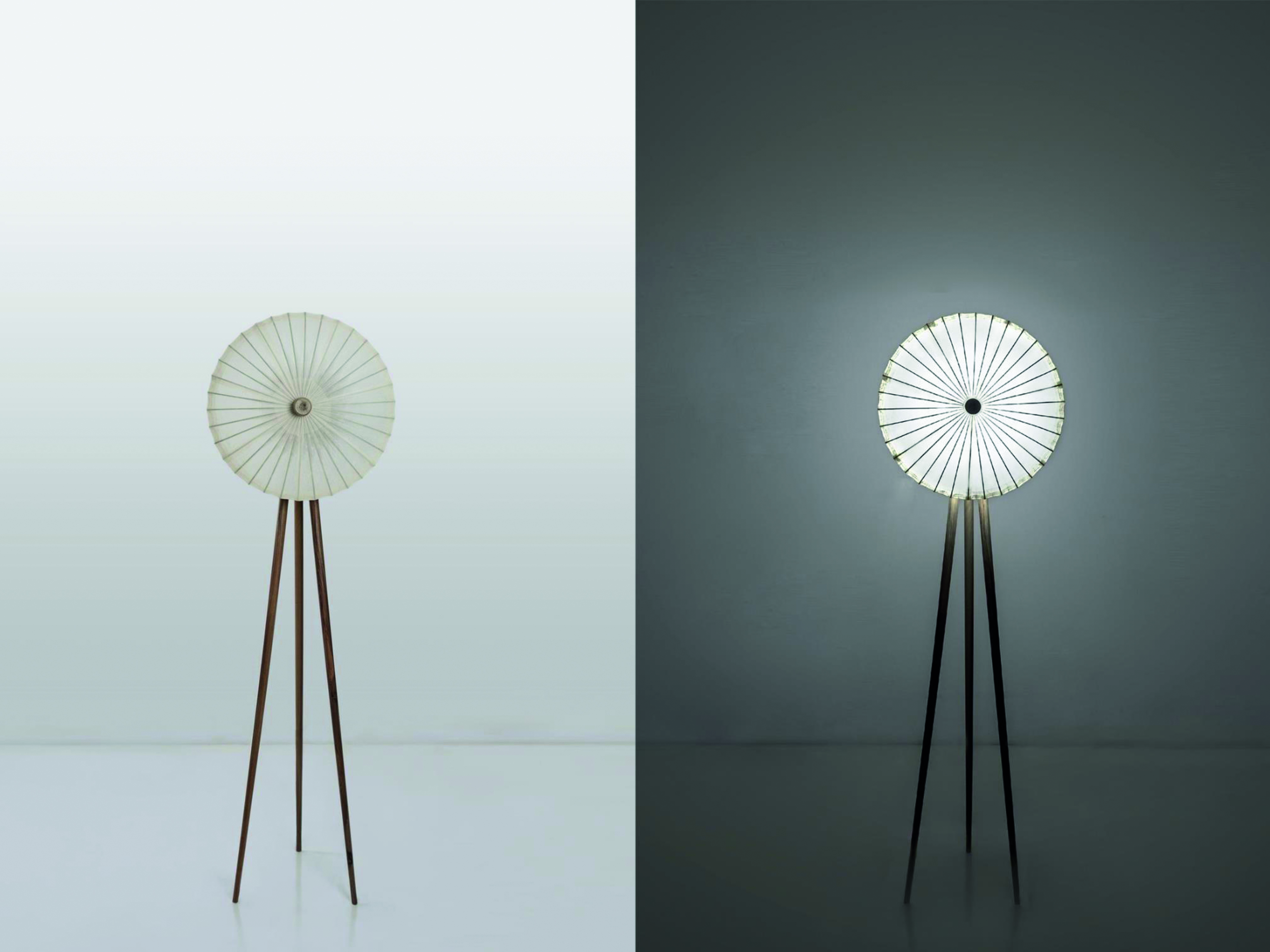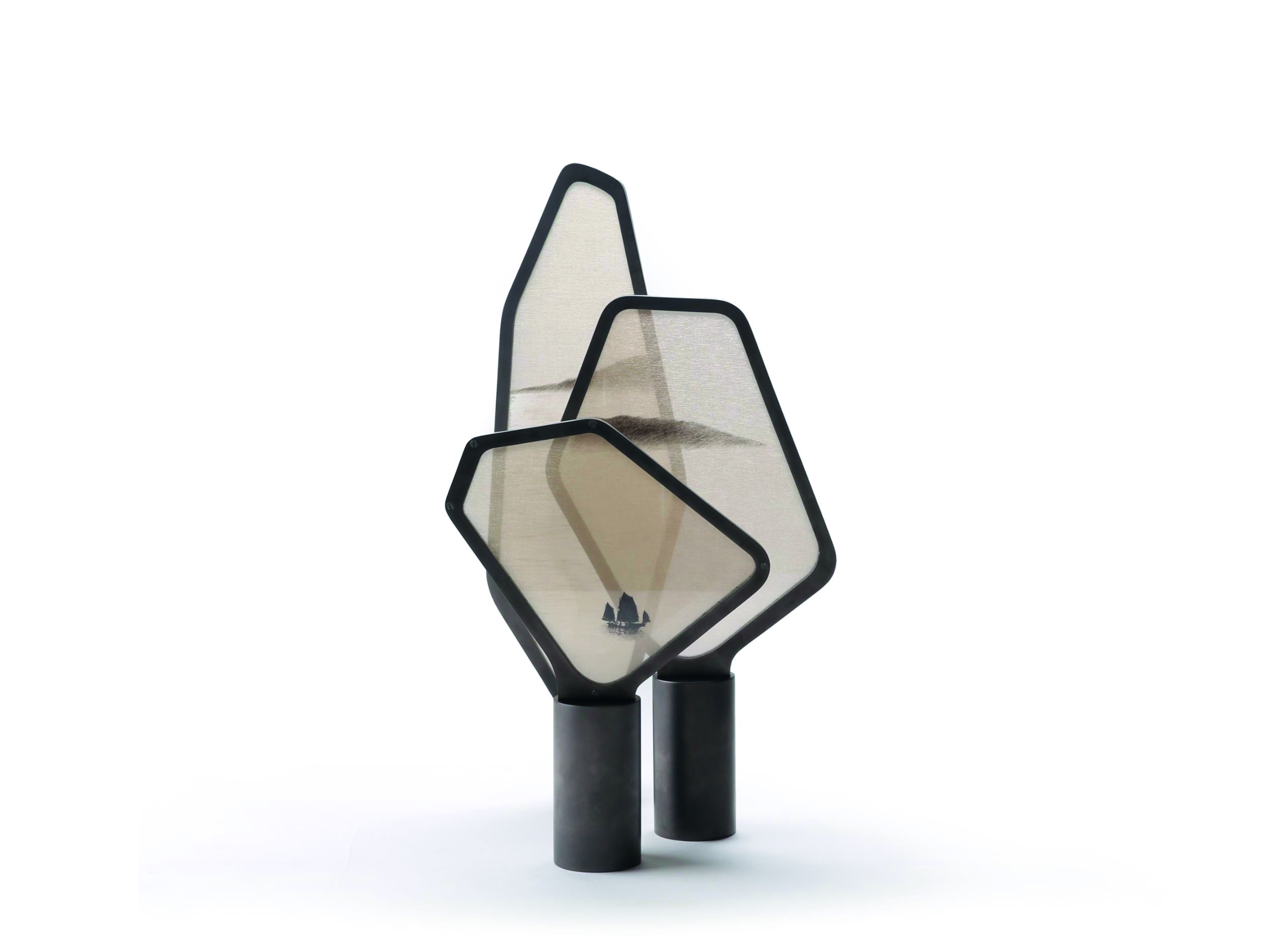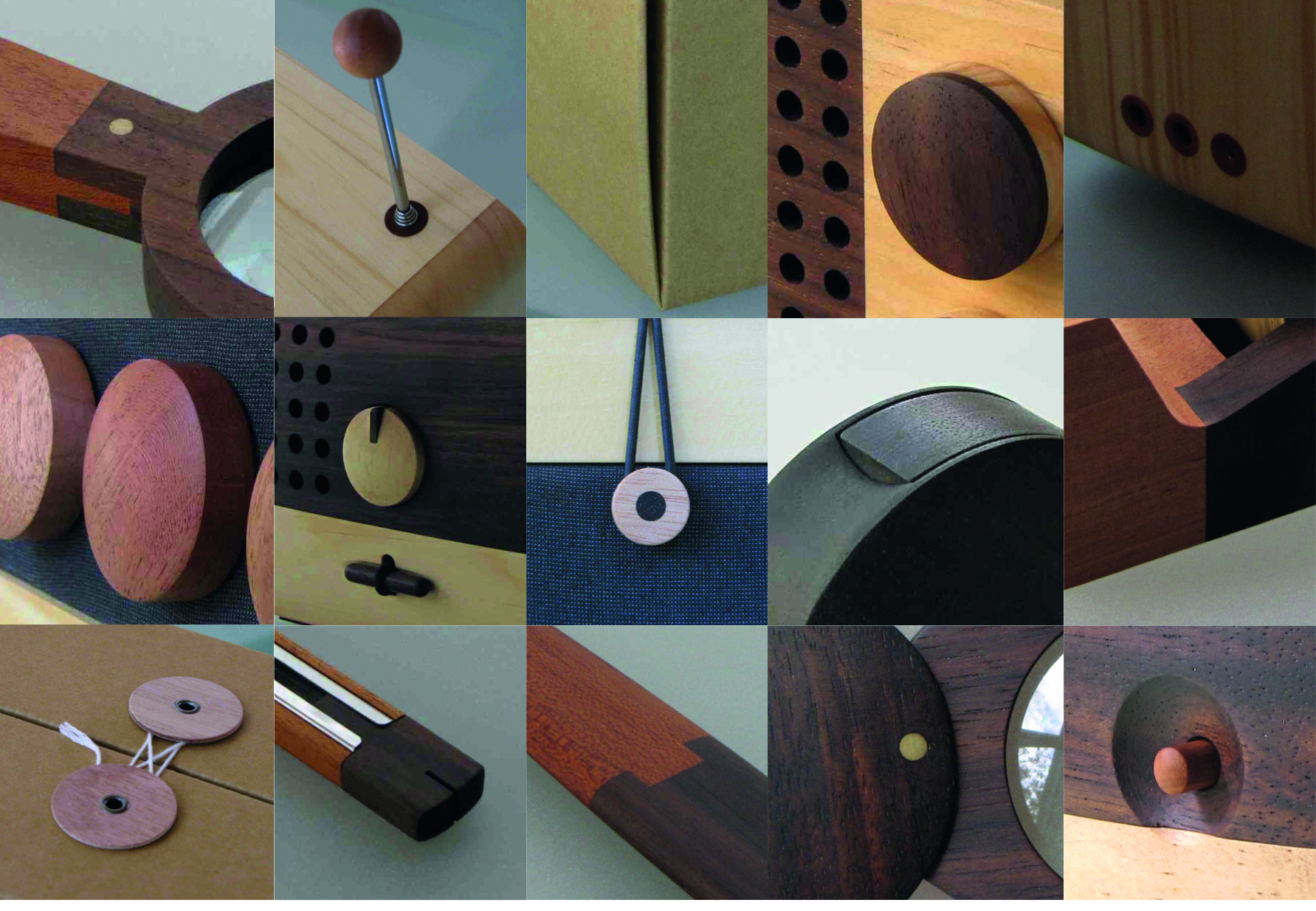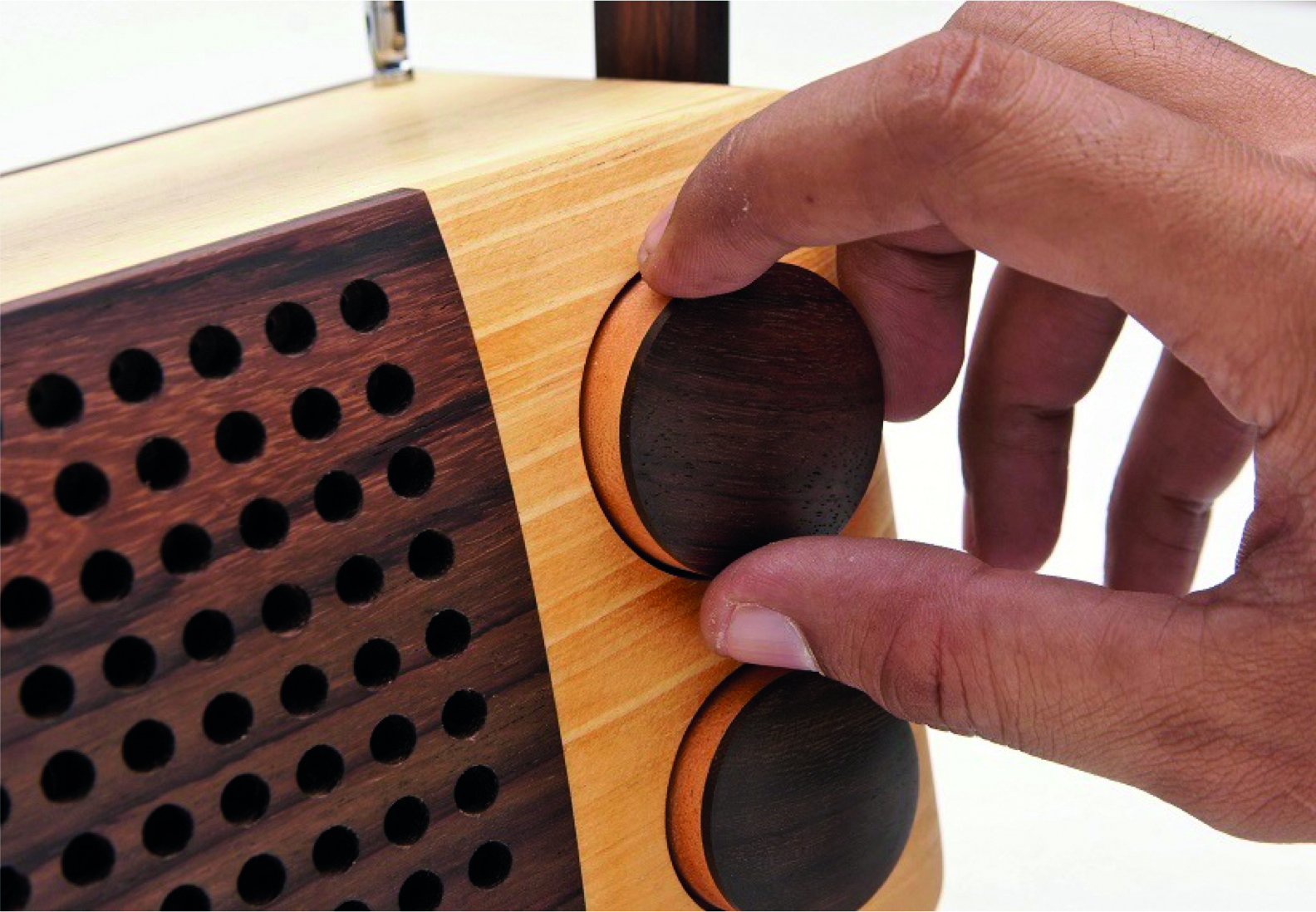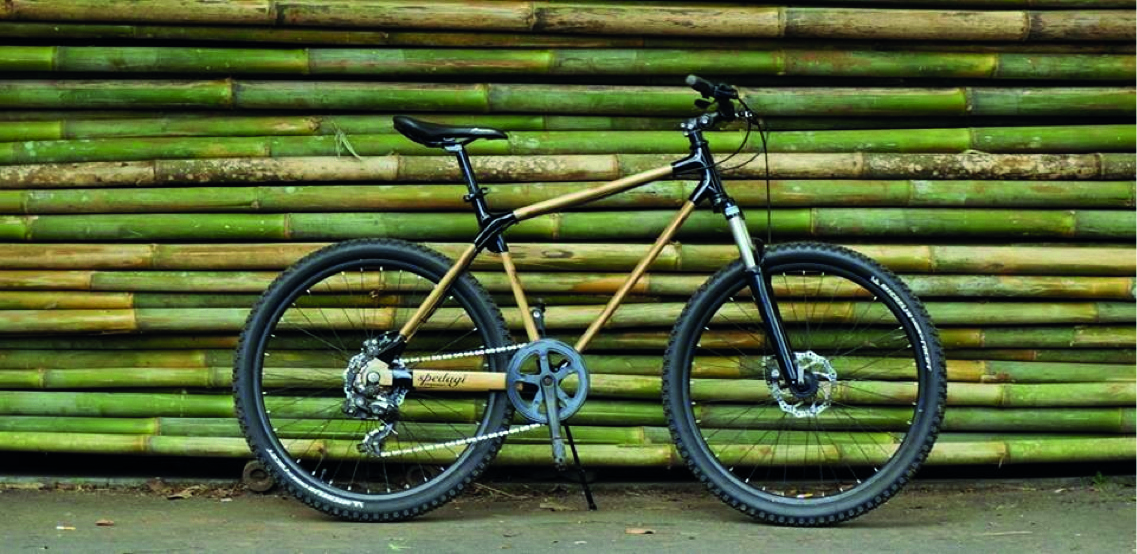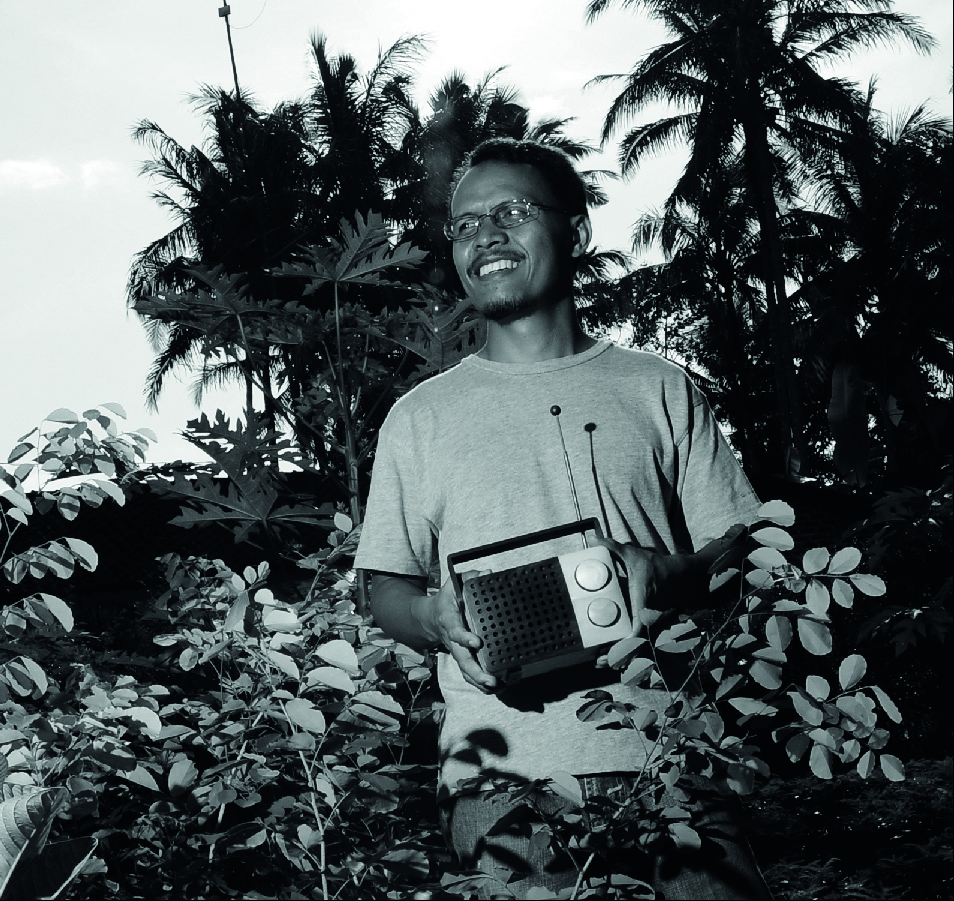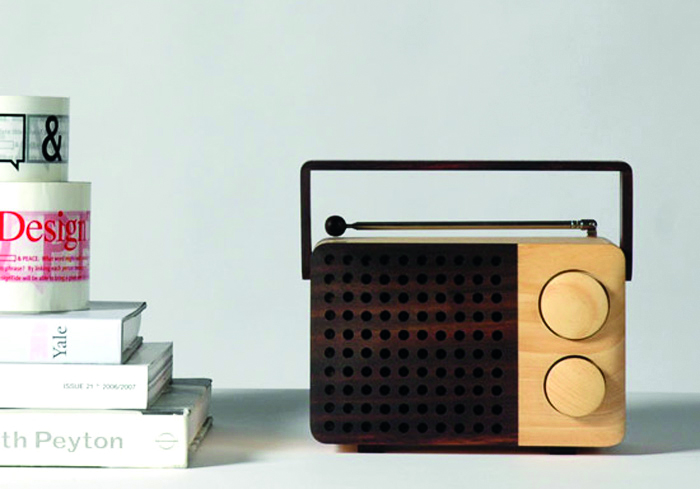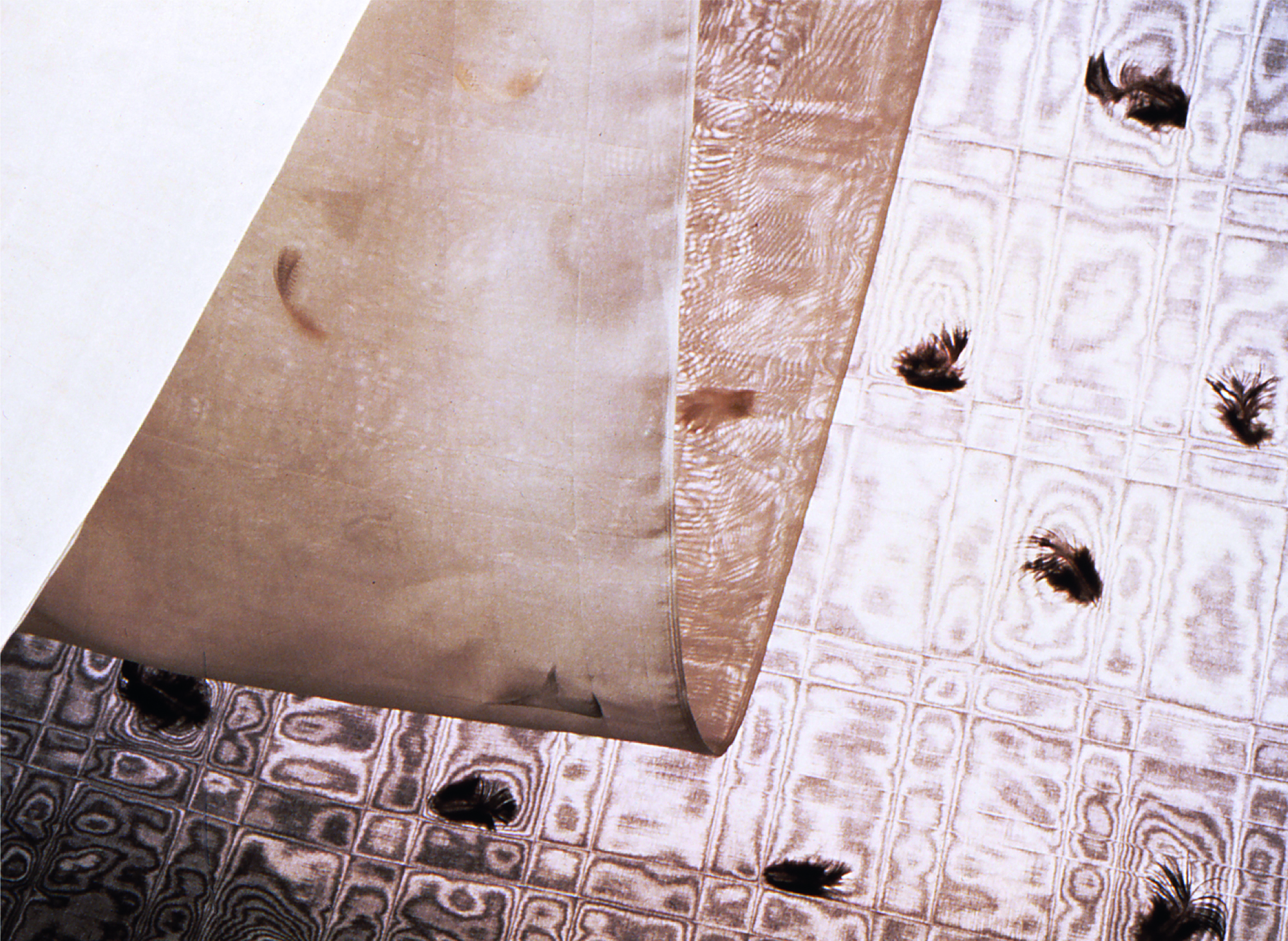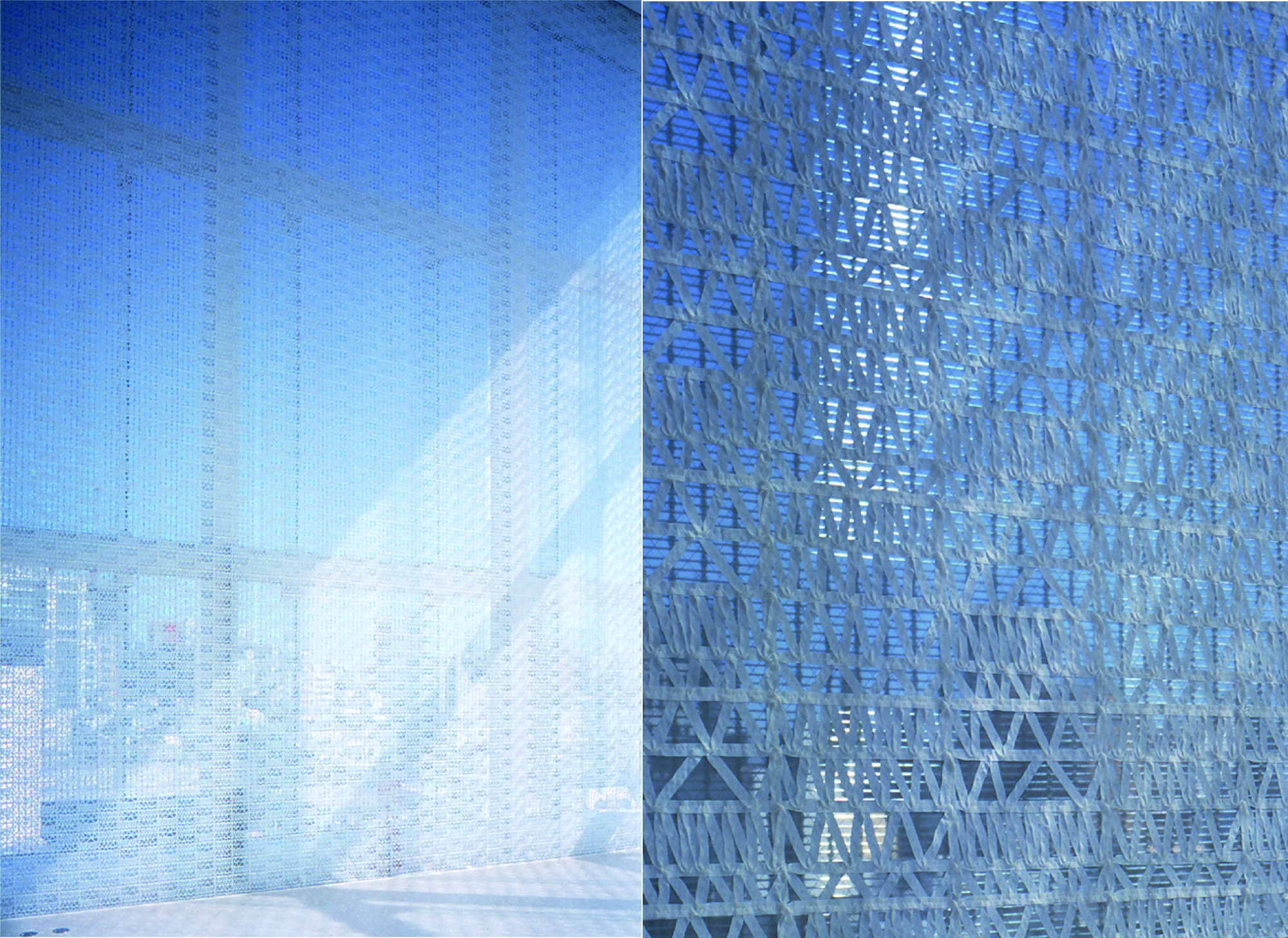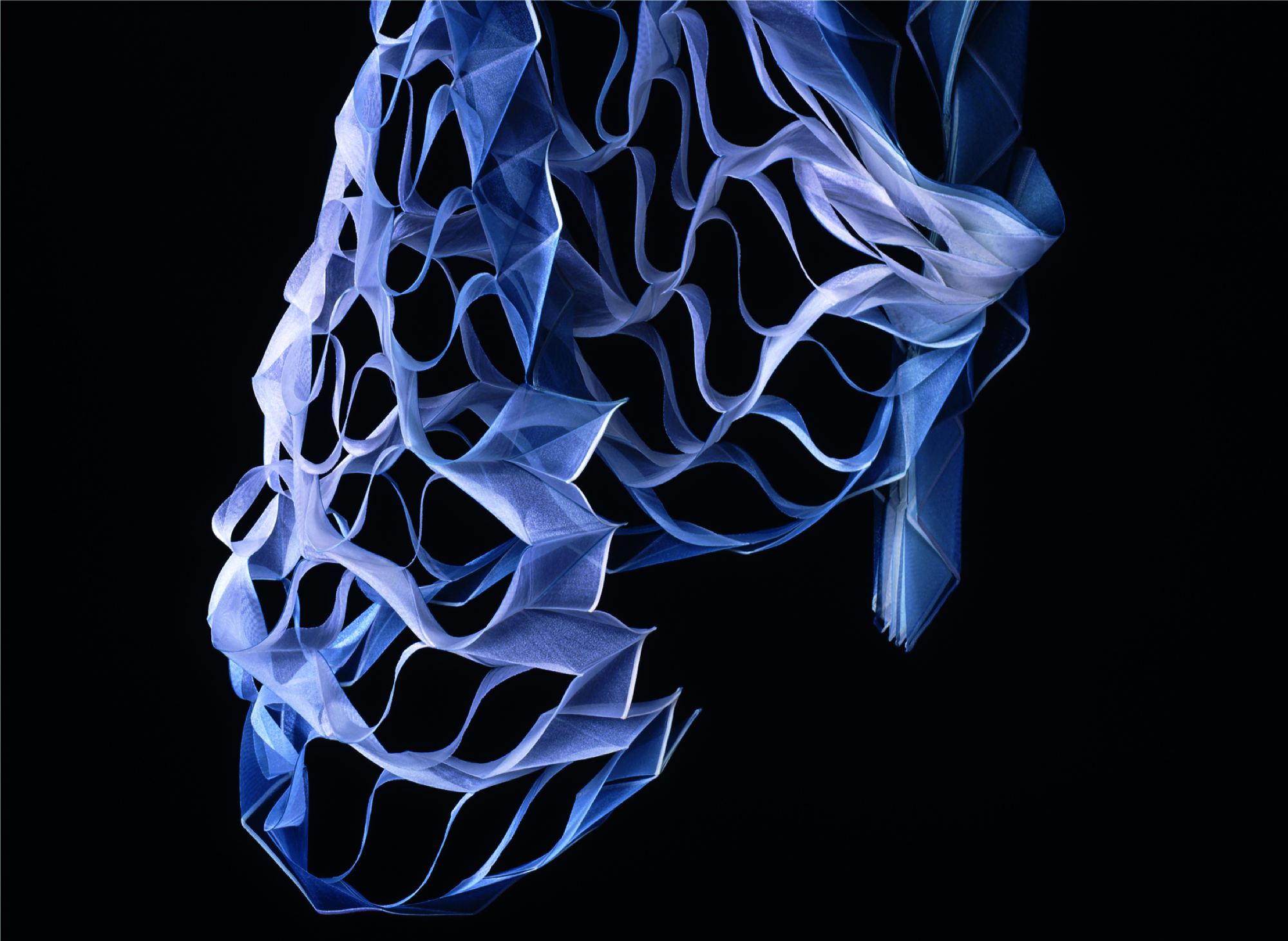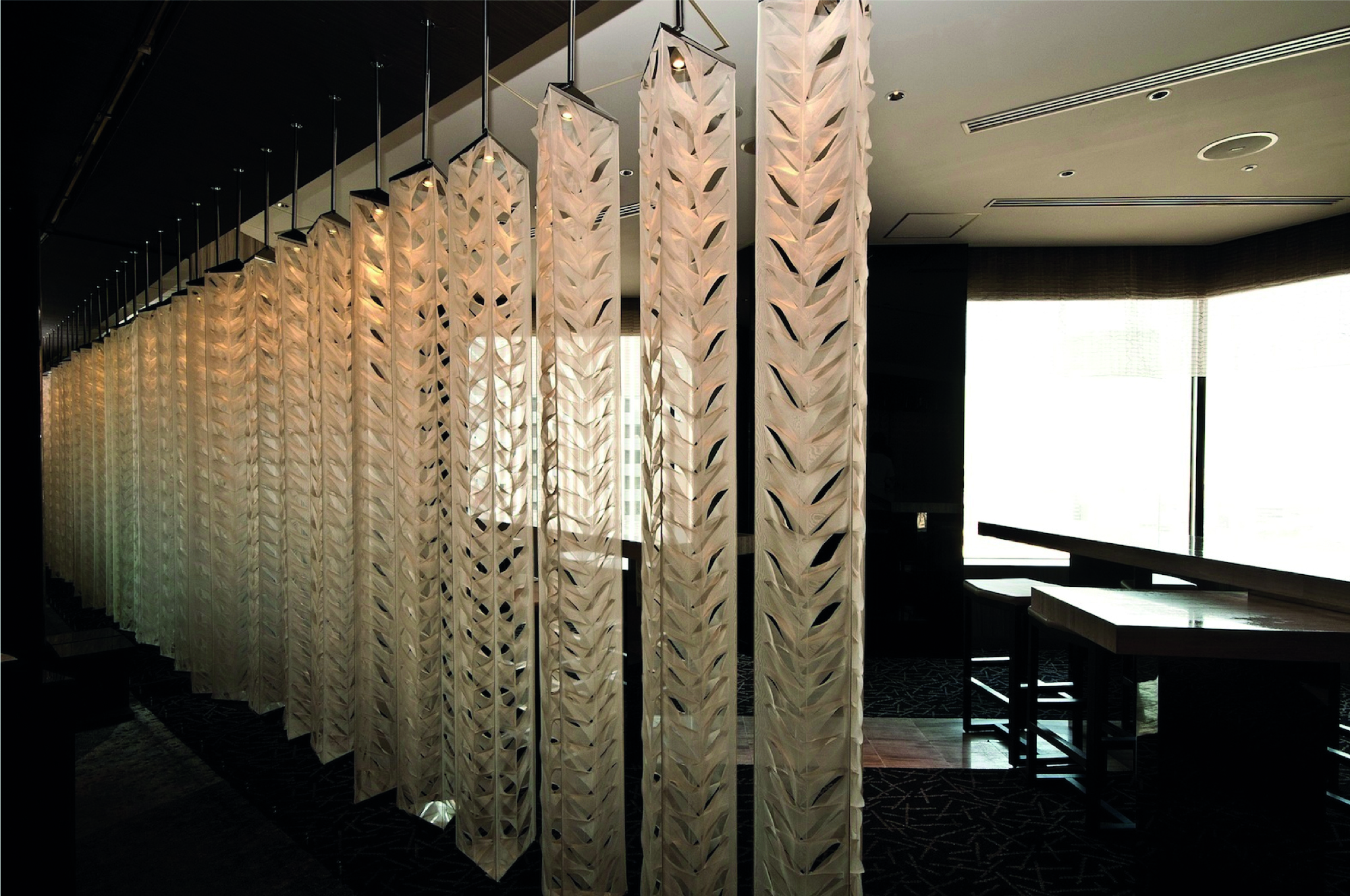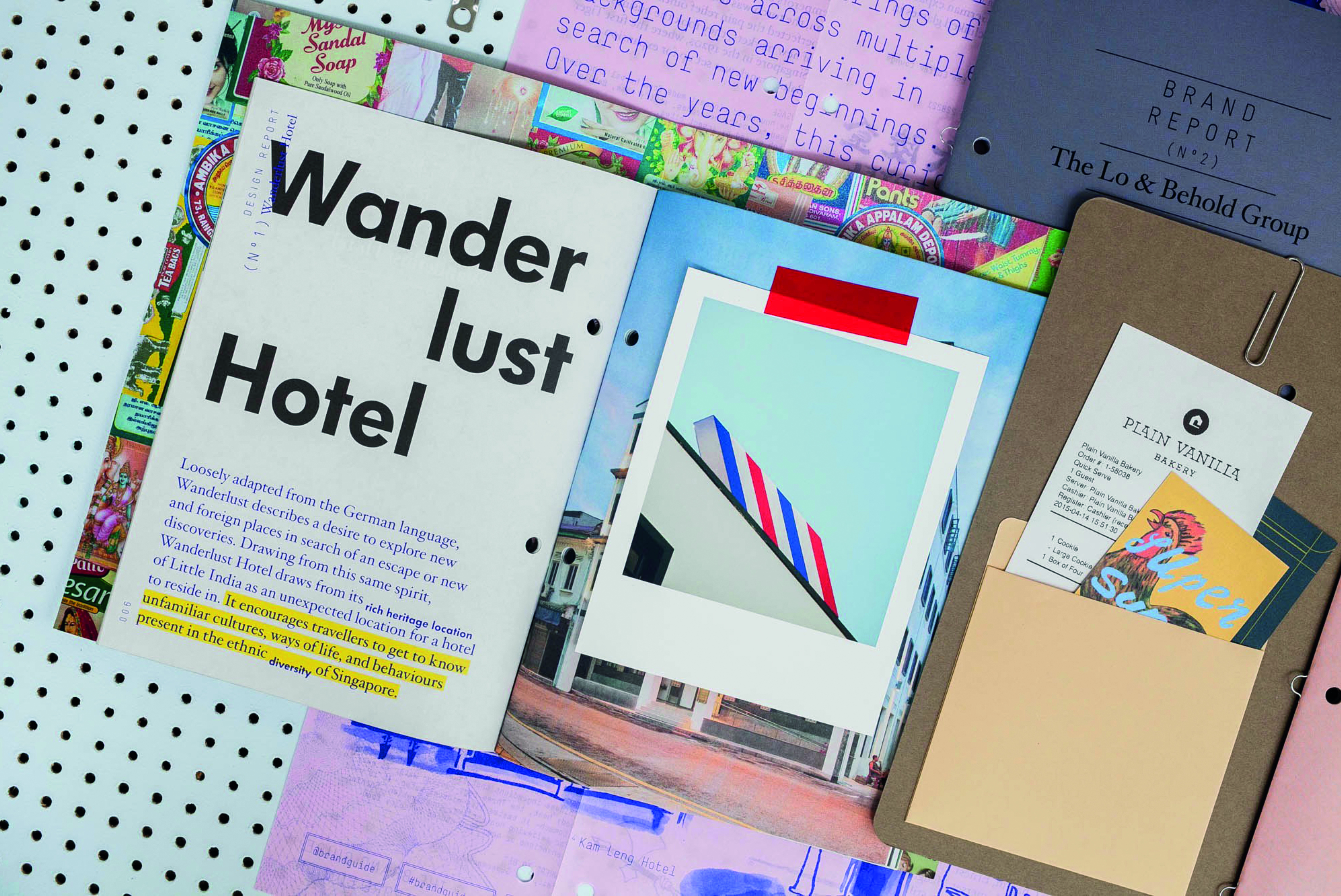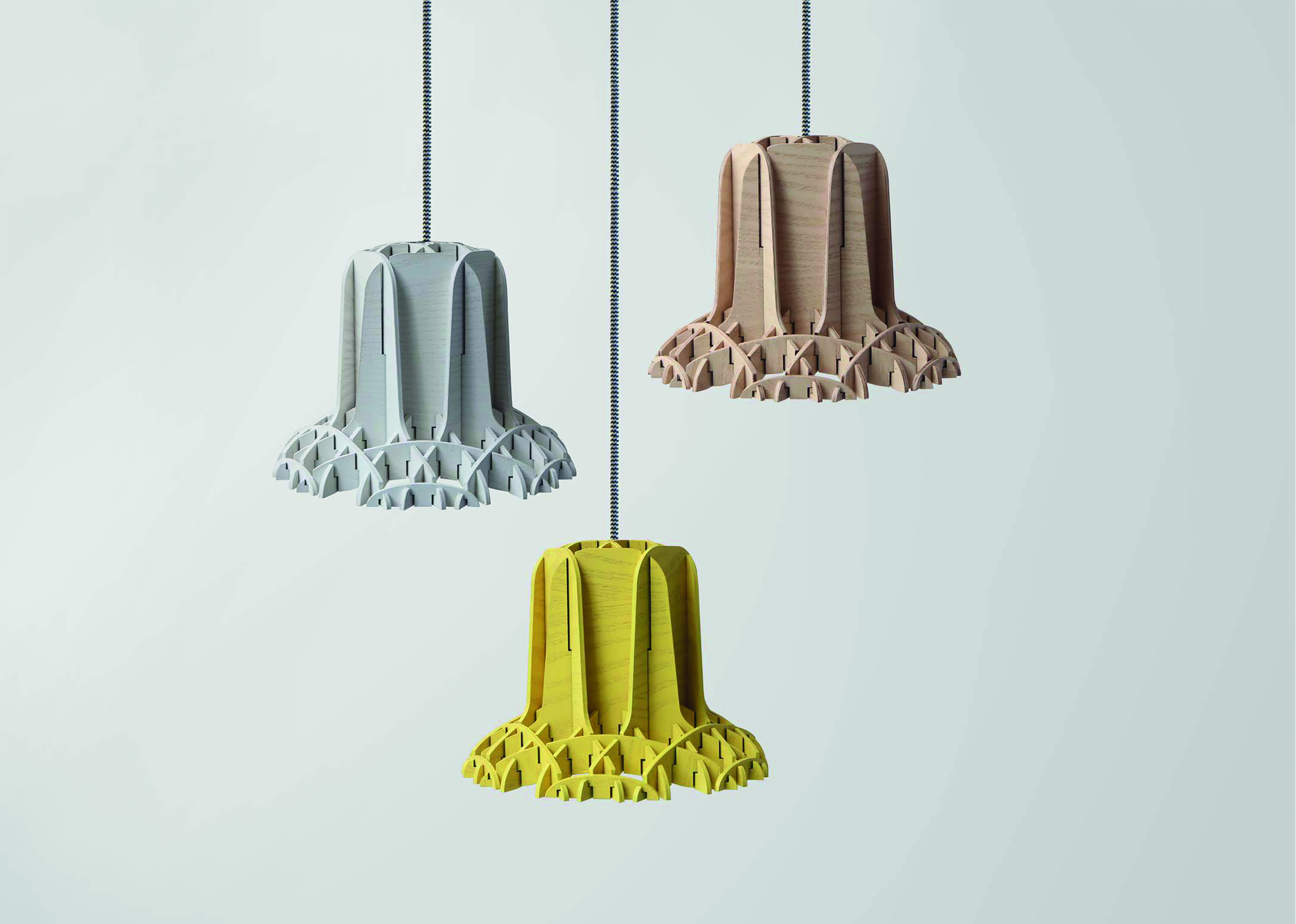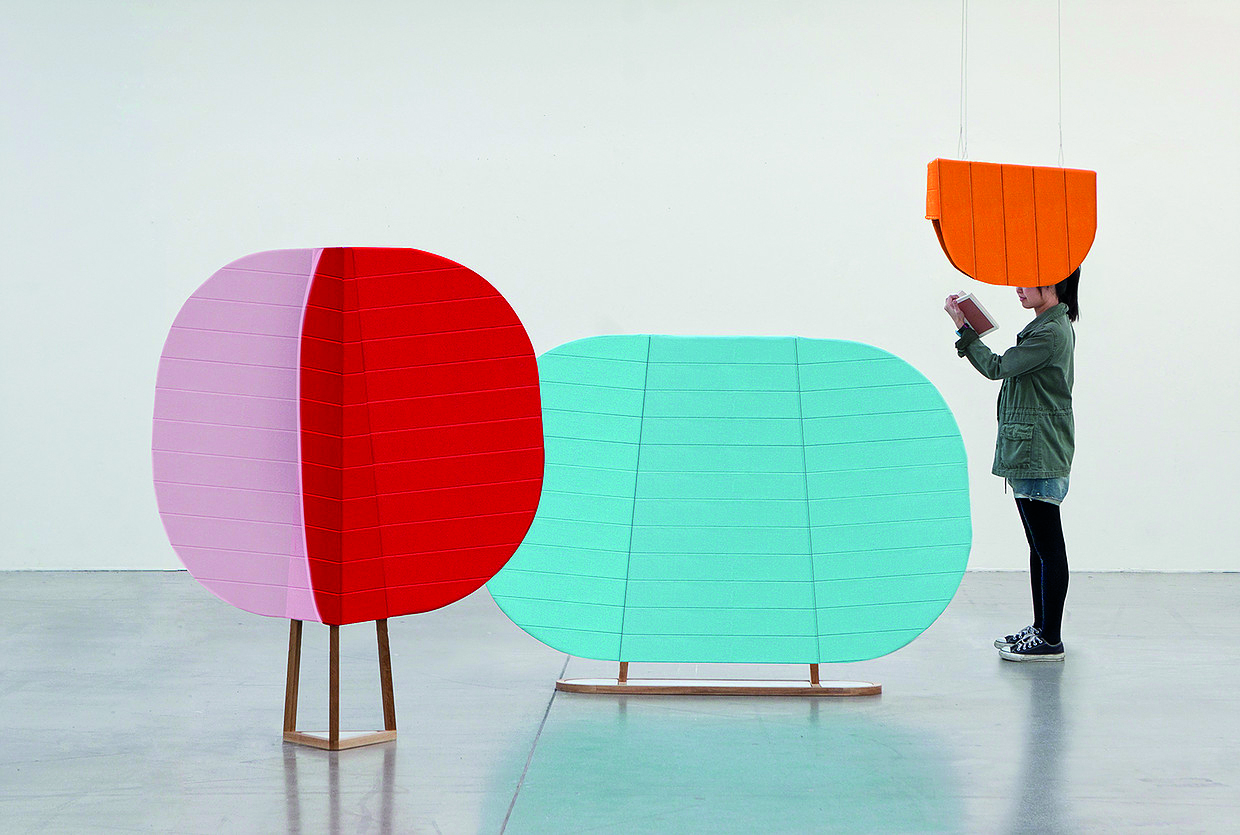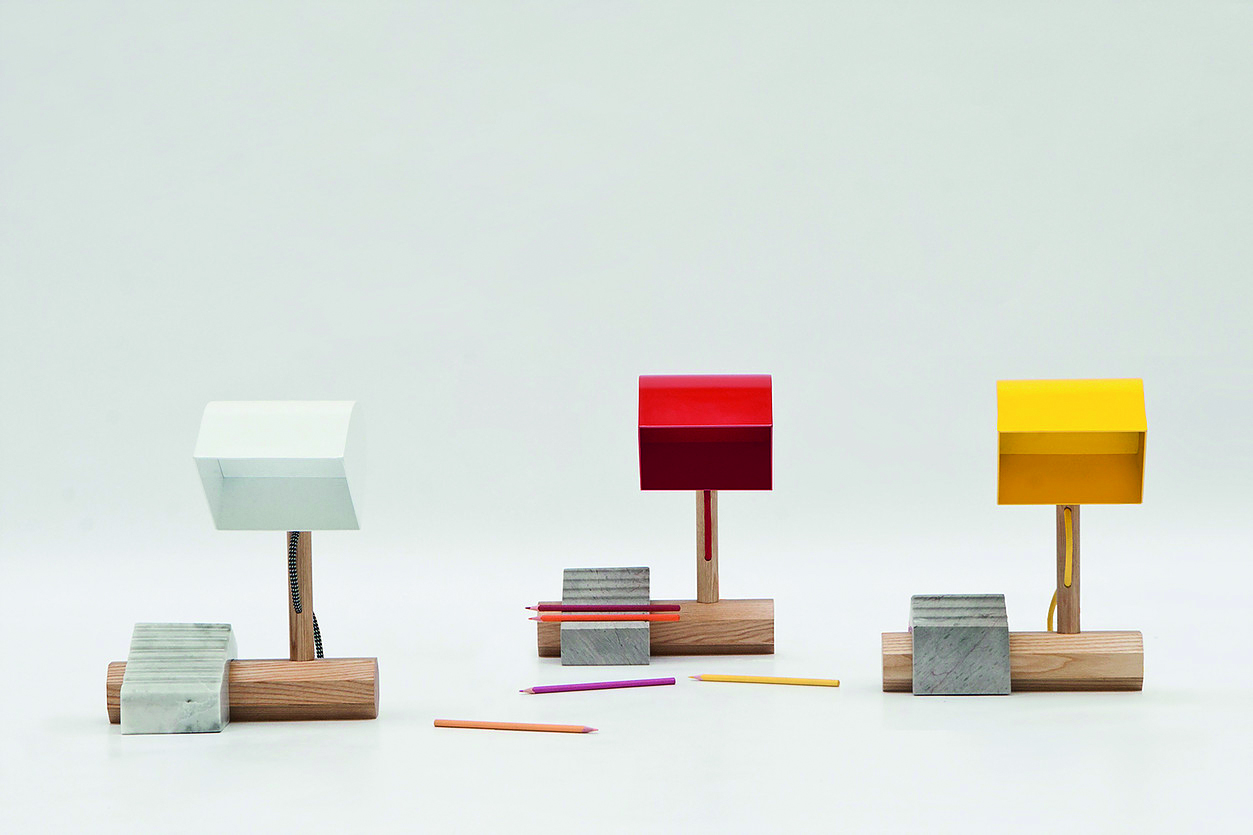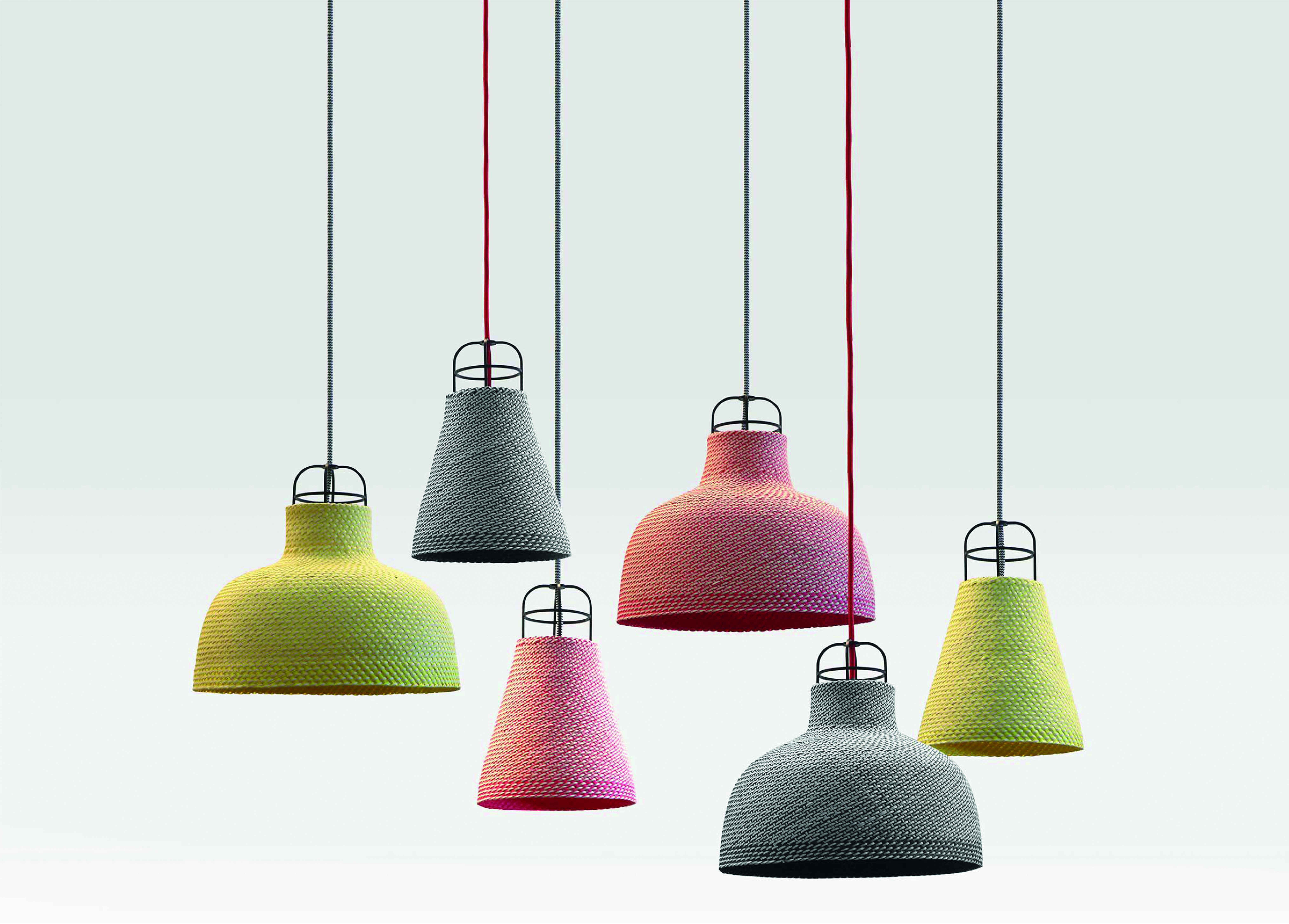‘CRAFT TRENDS IN ASEAN + 2016 – LOOKING BACK LOOKING FORWARD’ – THE FUTURE TRADITION OF CRAFT BRANDS IN ASIA BOOK
‘Craft Trends in ASEAN Plus 2016 – Looking Back, Looking Forward,’ organized by SACICT, the Support Arts and Crafts International Centre of Thailand welcomed the recollection of past wisdoms and their values, as well as visualization of the future and the possible forms through which these wisdoms could be retold. Collected here in book format, the perspectives of five leading brands from ASEAN and two brands from Asia’s most influential nations provide opportunity for entrepreneurs, designers and design enthusiasts to consider the future tendencies that the regional and global craft industries will move toward, through the visionary insights of these seven accomplished designers.
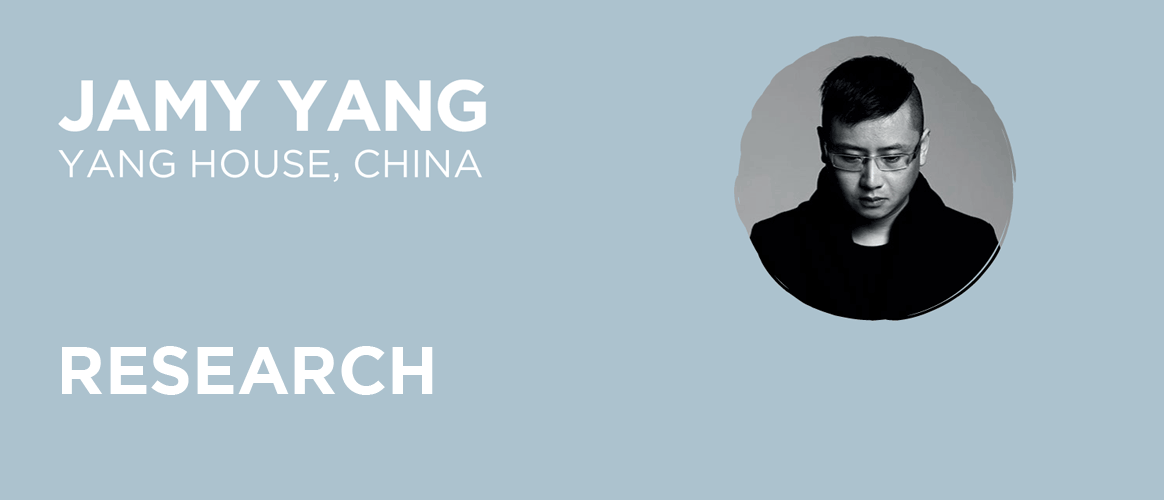
Jamy Yang received his master degree in industrial design from Germany after which he has gone on to achieve international recognition, winning over 80 local and international design awards including the Red Dot, iF, G-mark, IDEA and DFA awards prior to returning to China in 2005 to found Yang Design and the Yang Design Museum.
Yang House was conceived from Yang’s intention to develop the original beauty of Chinese art, culture and craft in the shape and form of contemporary design where Yang utilizes three materials in the presentation of his ideas.
Bamboo – He develops a lamp from the structure of a bamboo umbrella, creating a modern illuminant object while preserving the classic look and feel of paper.
Silk – Yang employs the craft of Su Zhou, which is essentially three layers of paintings of a mountain, boat and water that, through his 3D Deconstruction of traditional Chinese Painting, render different effects of misplacement and superposition.
Metal- The development of a copper plating technique through Yang’s collaboration with a Japanese studio who has more than 60 years of know-how working with the craft.

Yang House’s branding process started from the belief that there are many other alternatives when it comes to the culturally rooted development of contemporary products. Yang highlights the importance of research, as he always studies extensively and in great detail, drawing from both documents and actual experiences he has obtained during the time he spent living with local artisans. His success is also derived from the collaborative approach he takes as he develops his works alongside craftsmen from different disciplines, which eventually gives birth to his incredible, innovative creations.
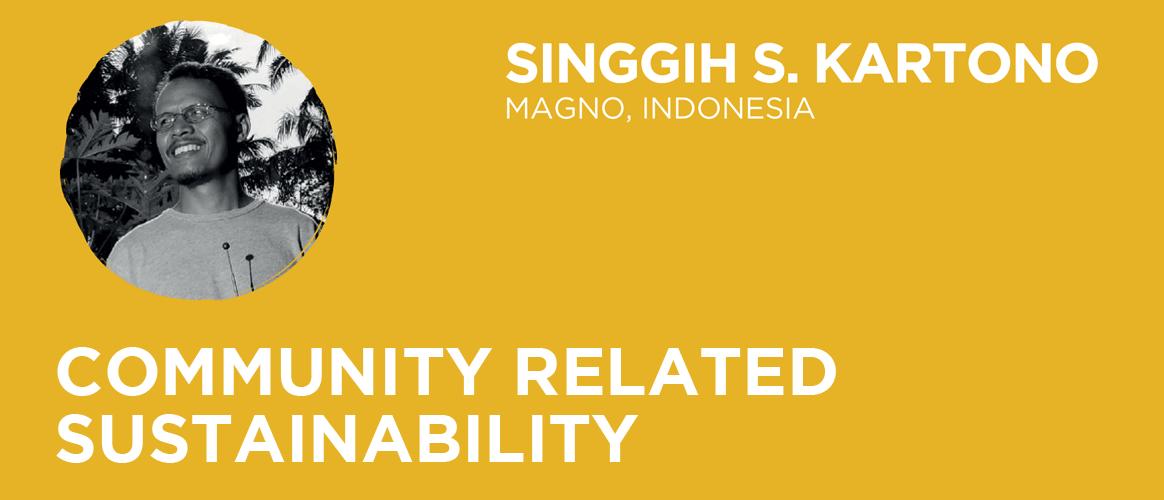
After completing his education in product design, Singgih S. Kartono began to question himself regarding the direction of his career and many other things. Ultimately, he decided to return home to start his own business without any proper plan. Doing so turned out to be a good thing because it granted him a chance to see all the problems and obstacles with his own eyes. It was there where he used the knowledge he learned from school in his search for the right solutions following challenges such as the lack of career opportunities to the deterioration of resources within the community. Such dilemmas helped to formulate MAGNO’s sustainable business model that not only encompasses the realm of product design but also job creation for local people along with the development of the quality and standards of the craft. The operation includes even the replacement of resources used in production through a tree planting system that naturally contributes to the preservation of the local environment.

The problems he presents about his village and country are what the rest of the world is facing. At the local scale, he develops the concepts and methods into an internationally recognized agenda and source of know-how.
MAGNO is committed to upholding a sustainable approach as its products embrace connections between people, objects, the local community and nature. Singgih S. Kartono uses simplicity to render accessibility with locally derived details. From product design, MAGNO expands its territory to sustainable development for the world through different activities and initiatives. The result is the brand’s image that is an embodiment of tranquility, steadiness and sustainability.
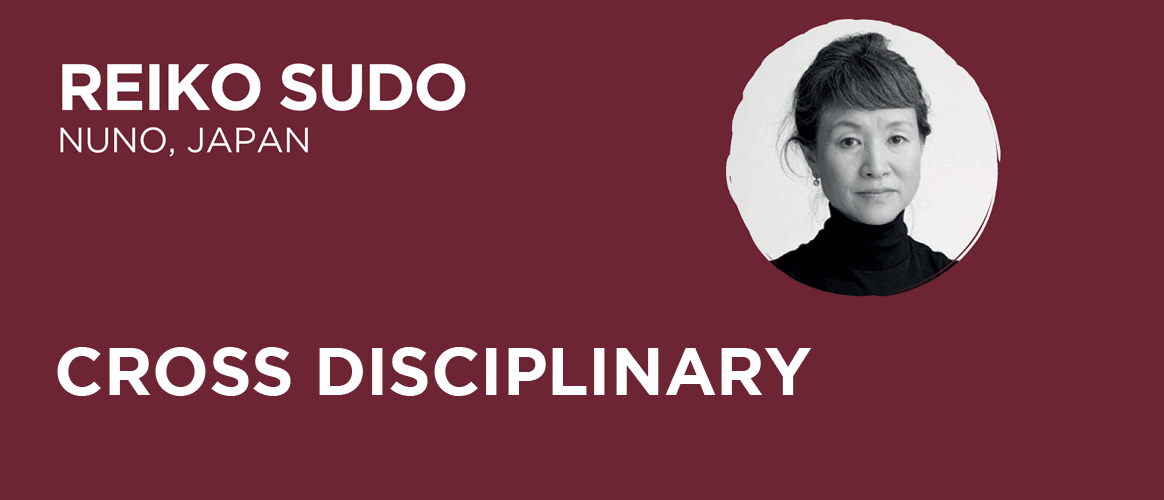
In 1980, Reiko Sudo founded Nuno Corporation with Junichi Arai as they embarked upon their textile innovation journey that combines artisanal wisdoms and details with modern technology. Nuno’s creative repertoire has completely revolutionized textile design with its combined sensibility of both the traditional and contemporary.
Reiko Sudo takes us back to 5,000 years ago when humans first discovered silk in China. Under royal patronage, silk weaving and dyeing were regarded as a form of high art before the craft found its way into Japan during the 3rd Century. It wasn’t until the 7th Century that Japan began developing its own weaving techniques. NUNO products are among the many innovative creations whose production processes, experimentation, creativity and dedication to human intellect and craftsmanship skills have contributed to the brand’s unique identity.

The formulation of NUNO is driven by the brand’s constant development and utilization of the potential of materials and technology. NUNO eliminates the limitations of textiles and pioneers into new territories ranging from furniture to fashion design and architecture while maintaining a great awareness of the environment through its forever-progressive vision.

JARUMAS is known as one of Malaysia’s most reputable makers of handmade batik and block-printed batik. Founded in 1992 by Nor Aini Shariff, an award-winning designer whose work celebrates the integration of tradition and contemporary vision through the artistic rendition of Batik fabric, JARUMAS’s expertise encompasses custom-made design and ready-to-wear collections. Its clothes present the aesthetic and creativity of bead embroidery and batik under its diverse and eclectic use of colors.

The name JARUMAS is derived from a combination of the words JARUM and EMAS. The meaning, ‘gold needle’ symbolizes the high quality of the brand’s clothes that are known for their elegant conformity, something JARUMAS has taken pride in throughout its 24-year history.
The art of JARUMAS’s batik is created through a drawing technique that paints melted wax on a stretched piece of fabric through the use of a special pen. The patterns on JARUMAS’ fabrics vary from floral and geometric motifs to abstract and graphic designs through which JARUMAS has turned Islamic fashion into the brand’s strongest identity .

Born and raised in Cebu to a product-designer mother who specialized in rattan, Kenneth learned the craft of his mother’s creativity at a very young age before he set off to study and work in New York and Italy. He later returned home to Cebu with the wish to develop his own products and brand. His highly innovative production processes and utilization of natural materials exemplify the intertwined connection of design, production and branding.

The brand is known for its culturally and locally derived design created through the use of local materials and the skills of local artisans. Its strategic model has been achieved through a modern design process and international business plan including participation in important product and furniture design fairs worldwide and collaborations with high-profile clients such as royal families and Hollywood superstars. With Kenneth’s personality and his role as a presenter of several products, his brands have gained tremendous recognition with stories that add more value to his creations. It is these elements combined that have earned him a place in fairs and expositions around the world.

Yah-Leng Yu and Arthur Chin, the studio founders, design directors and brand developers of Singapore-based Foreign Policy, are the facilitators of many interesting encounters of craft and contemporary design. One of them was the making of the publication, Brand Guide : Singapore Edition, a book that brings together stories of local brands that have made their way to success through creativity. It is a combined product of craft and contemporary graphic design work as different stories of the selected brands depict their visions and paradigms that have played significant roles in Singapore’s extraordinary development.

The branding process of Foreign Policy puts great emphasis on their multidisciplinary approach that incorporates collaborations with skilled artisans and artists from various fields. To successfully achieve such a complex working process, one must have a profound understanding in order to translate such complications into an easily comprehensible and efficiently functional product.

Decha Archjananun and Ploypan Theerachai, the two founders and designers of THINKK Studio, the winner of the 2013 Design of the Year in Furniture Design category, have given birth to a new line of the brand’s craft products distributed under the name THINGG. The brand’s creations are the results of an integration of THINKK’s design identity in the refined forms of craftworks, conceived on a basis of simplicity, accessibility and functionality with distinctive craftsmanship values.

THINGG’s DNA is THINKK Studio (constructed from different elements of crafts and industrial design, as well as technology and pioneering thoughts) where the craftsmanship techniques, quality and materials are masterfully combined and presented. The duo’s ‘Green Crafts’ project initiates and maintains close collaboration with local communities who possess high quality resources, materials and artisanal skills. The studio has collected data from different localities over the years in order to realize new and innovative aspects of crafts.



